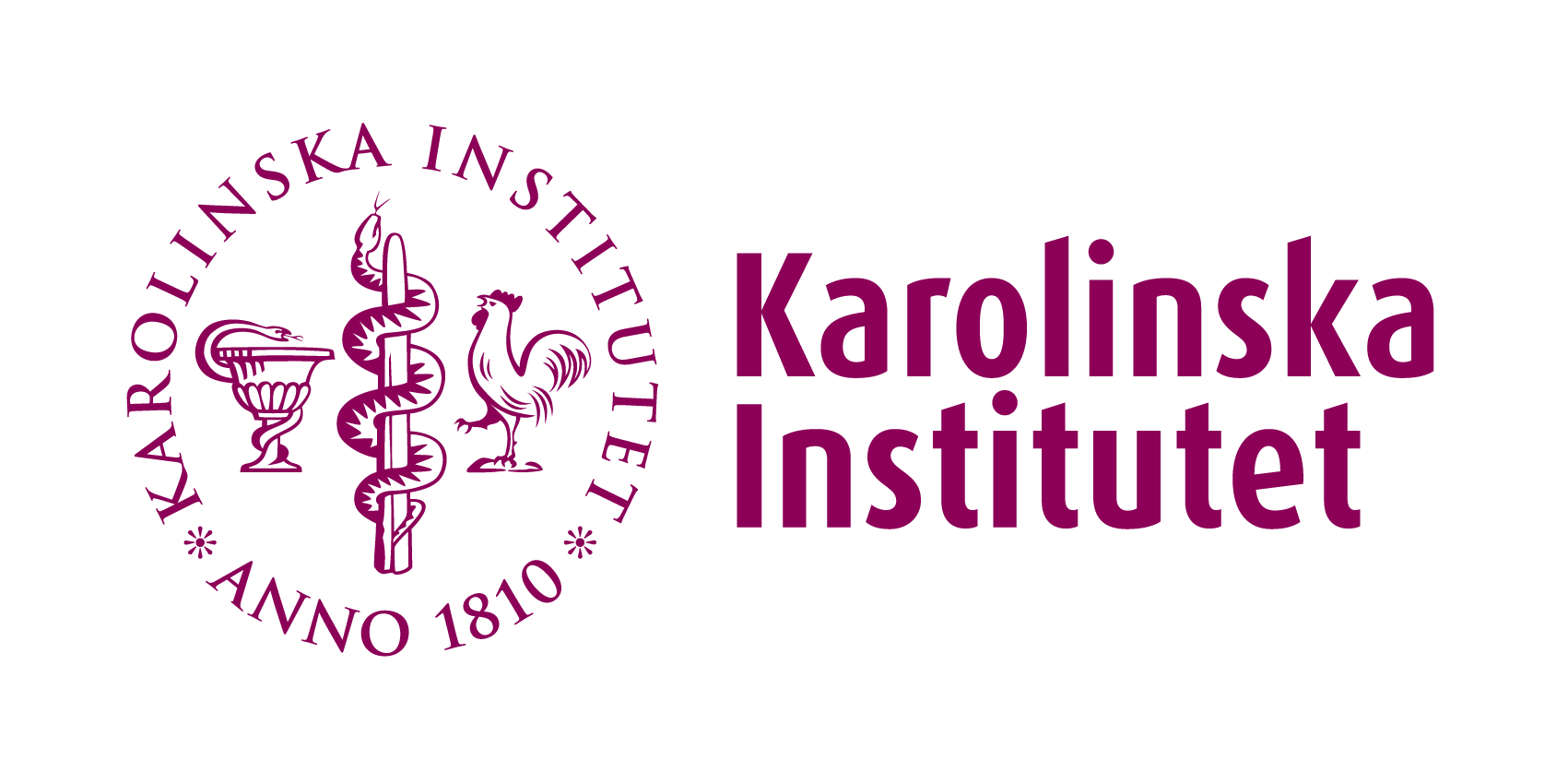Postapoplectic epilepsy after acute ischaemic stroke – a retrospective and descriptive cohort-study.
Responsible: Charith Cooray
Introduction
One of the most common underlying causes of epilepsy in the adult population is cerebral stroke. This stroke subtype is termed postapoplectic epilepsy (PAE). The risk of developing a PAE varies between 2-15 % in various studies. The risk seems to increase with an increasing stroke severity and whether the stroke lesion affects the cerebral cortex. The risk of developing PAE also seems to increase if the first seizure occurs more than 1 week after stroke onset. This probably is due to brain tissue in connection to the stroke lesion requiring some time, a so called latency period, for acquiring an increased tendency to trigger epileptic seizures. The frequency of PAE varies widely in different studies, and the frequency of PAE among stroke patients treated at the Karolinska University Hospital is unknown. This is a retrospective study, based in part on a pre-existing stroke registry, Riksstroke, and partly on a planned audit of patient records.
Project details
| Department of Clinical Neuroscience | |
| Department of Neurology, Karolinska University Hospital Solna | |
| Clinical study | |
| 1 | |
| Not decided | |
| No data/some of the data have been collected. | |
| Ethical permit is required but has not been applied for |
Supervisor/Contact
Charith Cooray
0046733769604
0046851775328
charith.cooray@ki.se; charith.cooray@sll.se
Contact 2
Gerald Cooray
Gerald.cooray@ki.se
Aims
To characterize the incidence of PAE in a defined stroke population admitted to the stroke wards at Karolinska University Hospital Solna during 2015.
Material and methods
The National Swedish Stroke Registry (Riksstroke) collects relevant clinical, treatment, and follow-up data on the majority of incident stroke cases in Sweden. We have Riksstroke data for all incident stroke cases treated at Karolinska University Hospital Solna during 2015. Using patient records (both in-hospital and primary-care records) we will expand the dataset to also include data on possible post-apoplectic epilepsy, follow-up period 2 years. This information will solely be collected using health-care records (“journalgenomgång”) and strict diagnosis criteria. After adding this information to the already pre-existing data registered in Riksstroke, we will analyse the data and draft a scientific manuscript, aiming for publication in the spring of 2019.
Project time schedule
Ethical applications will be submitted spring 2018. We expect 2-4 weeks of preparation for the medical student starting autumn 2018. Collection of data (“journalgenomgång”) is expected to take roughly 2-3 months. Analysis and drafting of the report/manuscript is expected to take roughly 2-4 weeks.
